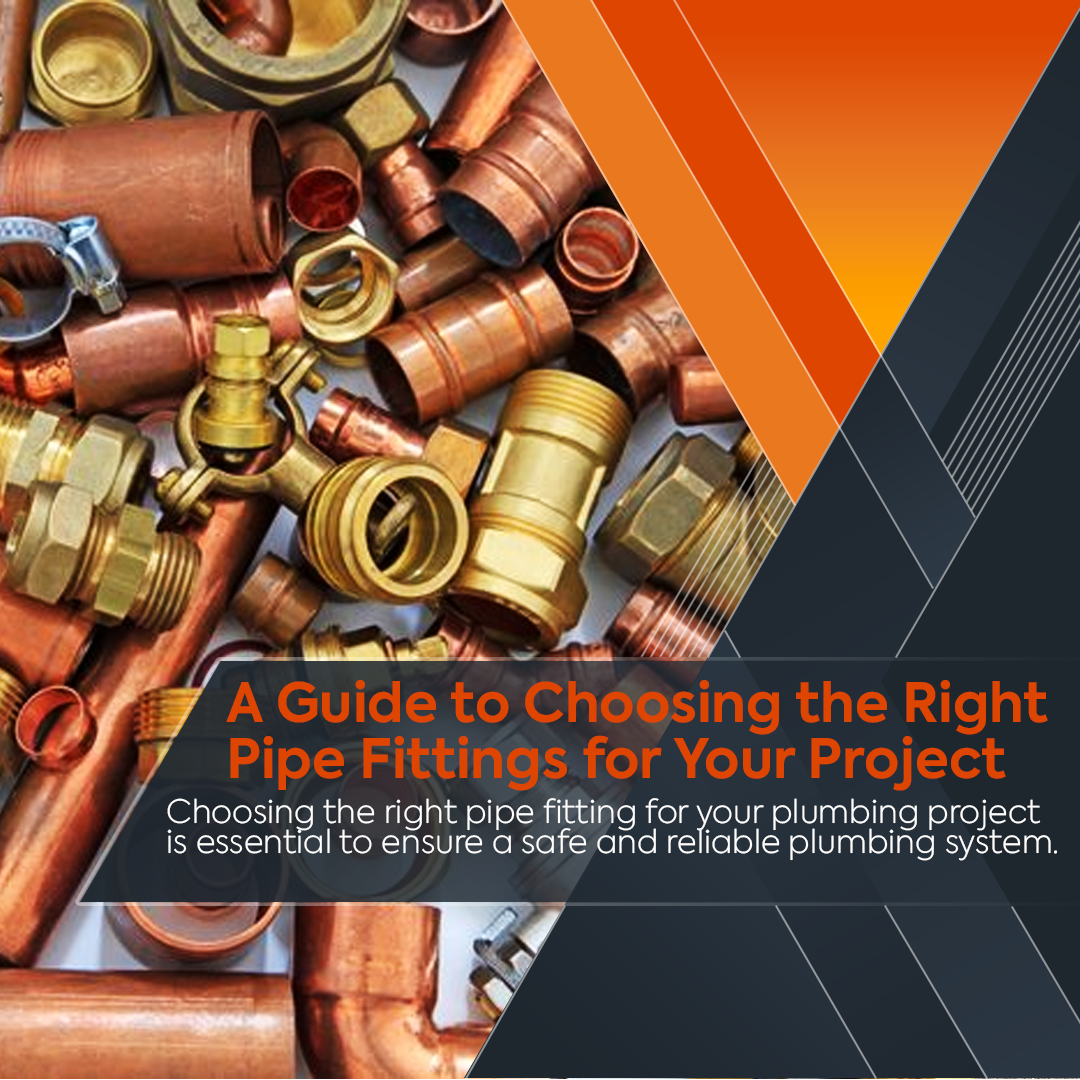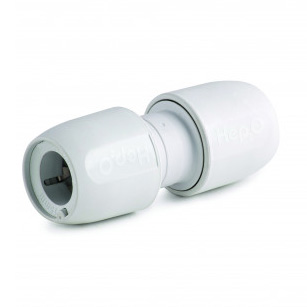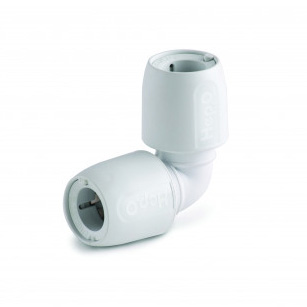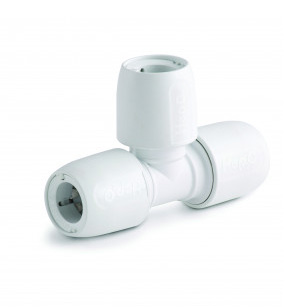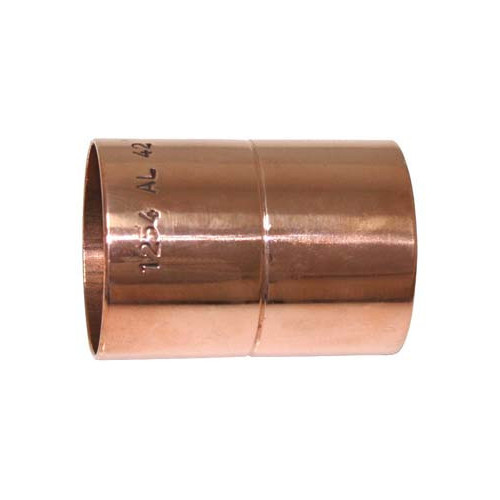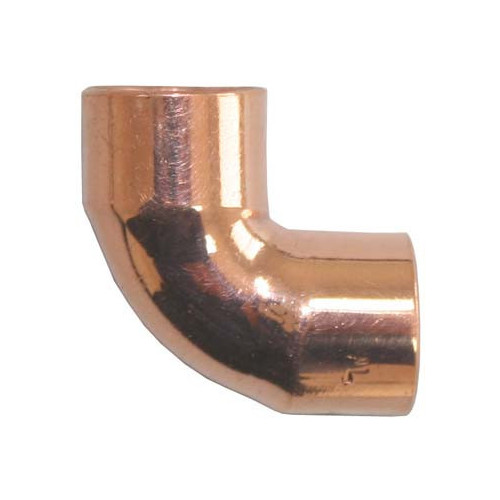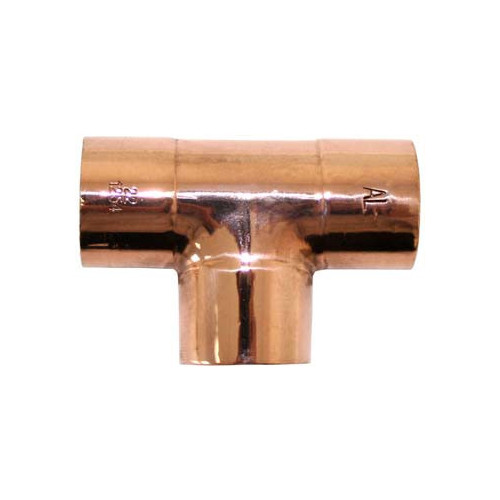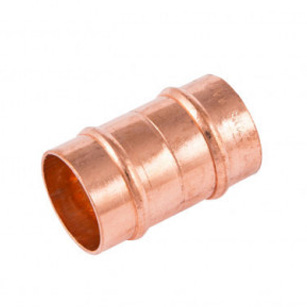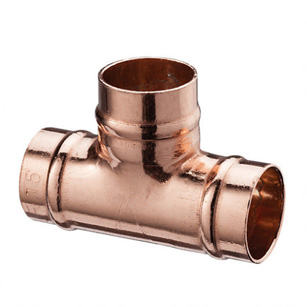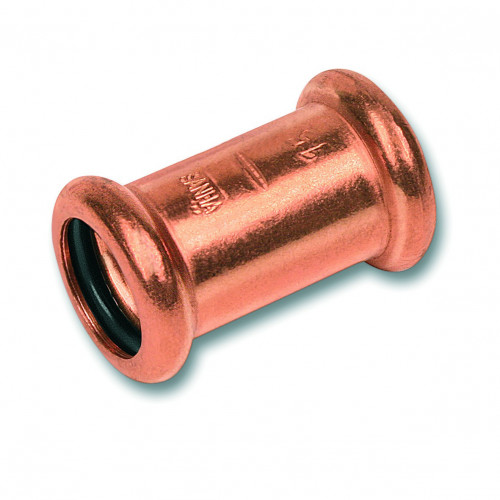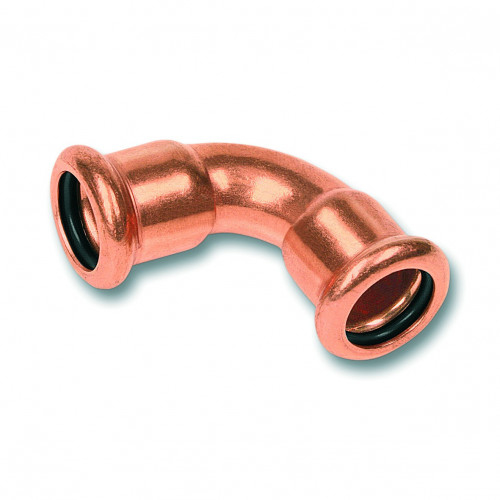Understand the Plumbing System
The first step in choosing the right pipe fitting is to understand your plumbing system's needs. This includes the type of pipe used in the system, the size of the pipe, and the application of the fitting. For example, if your plumbing system uses copper pipes, you'll need to choose a fitting that is compatible with copper pipes.
Types of Pipe Fittings
Pushfit Fittings: Pushfit fittings are the easiest type of fittings to use. They require no tools or special skills, making them a popular choice for DIY projects. These fittings work by pushing the pipe into the fitting, creating a secure and leak-proof joint. Pushfit fittings are available in different sizes and are ideal for joining pipes in tight spaces where access is limited.
End Feed Fittings: End feed fittings, also known as capillary fittings, are made of copper and require soldering to create a joint. These fittings consist of a capillary tube that is inserted into the end of the pipe and heated until the solder melts, creating a tight seal. End feed fittings are a popular choice for plumbing projects that require a strong, leak-proof joint.
Solder Ring Fittings: Solder ring fittings, also known as pre-soldered fittings, are similar to end feed fittings. However, they come with a pre-soldered ring inside the fitting, which melts when heated and creates a tight seal. Solder ring fittings are quick and easy to use, making them ideal for plumbing projects that require a fast and efficient solution.
Compression Fittings: Compression fittings are made of brass and consist of three parts: a compression nut, a compression ring, and a compression fitting body. These fittings work by compressing the ring onto the pipe, creating a tight seal. Compression fittings are a popular choice for joining pipes that need to be disconnected and reconnected frequently.
Crimp Fittings: Crimp fittings, also known as crimp connectors, are made of copper and consist of a fitting body and a crimp ring. These fittings work by placing the crimp ring over the pipe and using a crimping tool to compress the ring onto the pipe, creating a secure and leak-proof joint. Crimp fittings are a popular choice for plumbing projects that require a durable and long-lasting joint.
Consider the Project Requirements
When choosing the right pipe fitting, it's important to consider the project requirements. This includes the type of material used in the plumbing system, the size of the pipes, and the application of the fitting. For example, if you're installing a new shower, you may need to use compression fittings to connect the pipes to the shower valve.
Final Thoughts
In conclusion, choosing the right pipe fitting for your plumbing project is essential to ensure a safe and reliable plumbing system. Pushfit, end feed, solder ring, compression fittings, and crimp fittings are all popular types of fittings used in plumbing. Understanding your plumbing system's needs and considering the project requirements will help you choose the right type of fitting for your project. When in doubt, it's always best to consult with a professional plumber to ensure that you're making the right choice for your plumbing needs.
